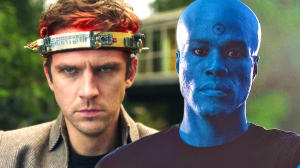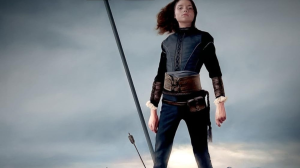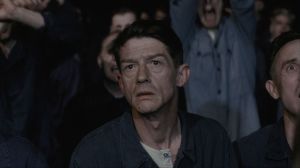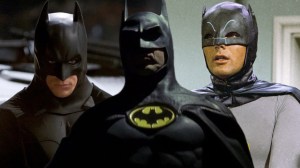Fringe, created by J.J. Abrams, Alex Kurtzman, and Roberto Orci, is an underrated sci-fi masterpiece that captivated audiences for five seasons with its intricate blend of procedural mystery, mind-bending science, and charged character arcs. The series followed the unlikely trio of FBI Agent Olivia Dunham (Anna Torv), the eccentric but brilliant scientist Dr. Walter Bishop (John Noble), and his estranged son Peter Bishop (Joshua Jackson) as they investigated “Pattern” events, bizarre occurrences happening at the fringes of science. From alternate universes and timeline resets to psychic abilities and Observer interventions, Fringe fearlessly explored complex narratives. Unsurprisingly, its ambition and willingness to rewrite its own rules kept viewers on the edge of their seats, creating a rich mythology that continues to be dissected by fans.
Videos by ComicBook.com
While Fringe offered resolutions to many of its major plotlines, especially with its emotionally resonant series finale, the show’s layered complexity and bold storytelling choices inevitably left some threads dangling or open to interpretation. These aren’t necessarily plot holes, but rather points of ambiguity and unresolved mysteries that fans still ponder, debate, and wish they had more definitive answers for. Here are seven such aspects from the world of Fringe that continue to fuel fan discussions.
1) The Fate of the Original Olivia’s Memories

The erasure of Peter Bishop from the timeline at the end of Season 3 was a bold narrative stroke, fundamentally altering the reality viewers had come to know. Yet, due to her Cortexiphan-enhanced abilities, the Olivia Dunham of this Peter-less timeline began to experience memories of him, recollections of a life they shared that, in this reality, never happened. When Peter eventually forced his way back, these memories became a crucial anchor, proof of his existence and their connection. However, the show never fully clarified the precise outcome for Olivia’s specific consciousness once Peter was fully reintegrated, and the timeline seemingly “corrected” itself around his presence.
The ultimate fate of that particular iteration of Olivia, the one who painfully held onto those memories of Peter, remains an unresolved aspect of the narrative. The series focused on the new equilibrium, but whether her unique perspective and experience merged completely with the Olivia of the restored timeline, or was somehow overwritten or subsumed, is never fully detailed. This leaves fans to speculate on the true nature of consciousness and memory within Fringe‘s malleable reality.
2) The Observers’ Original Human Trajectory

Season 5 of Fringe delved into the origins of the Observers, revealing them to be a highly evolved offshoot of humanity from the distant future who traveled back in time to occupy Earth. These future humans, scientifically pursuing enhanced intelligence at the cost of emotion, developed a cold demeanor and advanced technological capabilities. The show depicted their genesis as a specific scientific endeavor in one possible future, but the deeper societal or environmental pressures that drove this faction of humanity down such a drastic evolutionary path were only broadly sketched.
This leaves a lingering uncertainty about what human civilization was truly like in that era before this specific group decided to fundamentally alter their nature. Fringe didn’t fully explore whether alternative paths to survival or advancement were considered and rejected. As a result, the show presented their transformation as a key development leading to their invasion, but the nuances of this critical juncture in human history, and whether their emotionless state was an inevitable outcome or a desperate choice among many, remain largely unconfirmed.
3) The Full Story of “The First People”
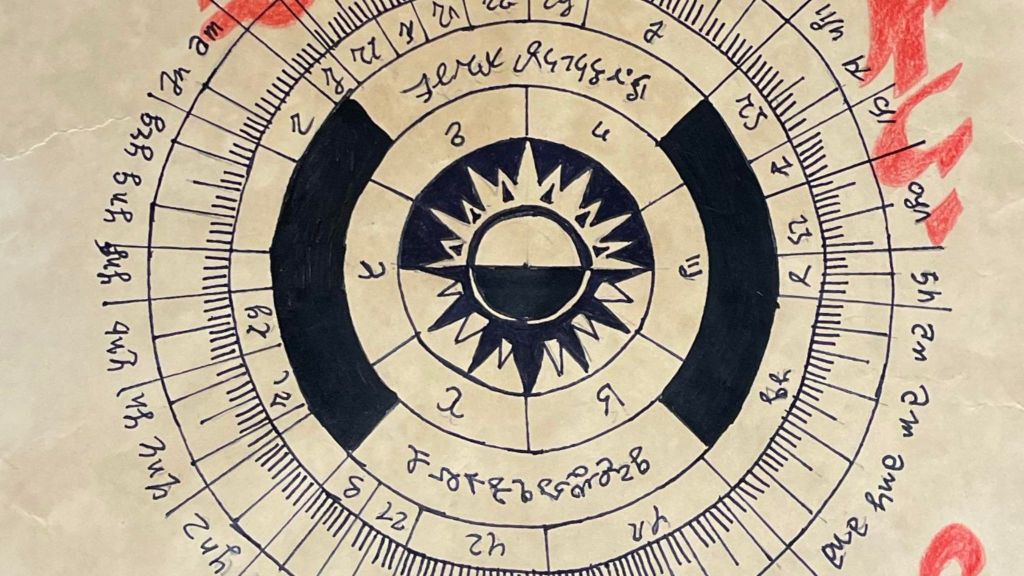
The mystery of “The First People” was a thread woven throughout Fringe‘s early seasons, intrinsically linked to the universe-bridging Machine. Walter theorized that they were an ancient civilization responsible for creating the device, which was found disassembled across the globe. Eventually, it was heavily implied that “The First People” were, in fact, a future version of our own human lineage, including Walter, Peter, and Olivia, who sent the Machine back through time, creating a massive bootstrap paradox. This paradox was crucial to the show’s mythology, particularly concerning Peter’s role.
Despite these revelations, the complete story of this future human civilization remains vague. Details about their world, the precise knowledge they possessed about time and the multiverse, and their exact motivations for initiating such a universe-altering causal loop beyond the general idea of ensuring their own existence or correcting a past mistake are not fully expounded. The specifics of their society and the full scope of their understanding of the universe’s mechanics are unresolved elements that add to Fringe‘s enigmatic allure.
4) Walter’s Excised Brain Pieces
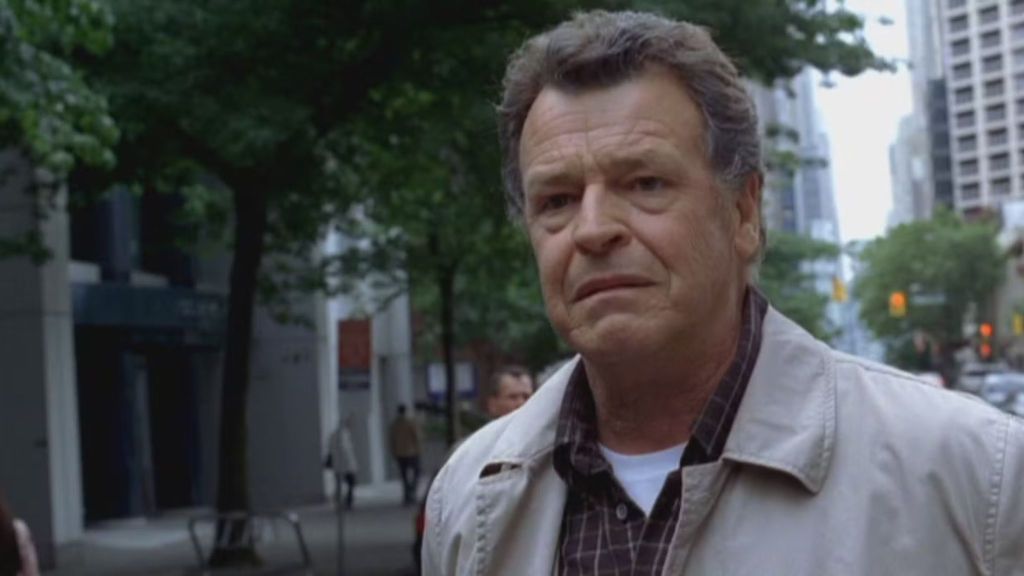
One of Fringe‘s most tragic character elements was the state of Walter Bishop’s mind, fragmented after his partner William Bell (Leonard Nimoy) surgically removed pieces of his brain. This was ostensibly done to protect Walter from his own dangerous knowledge and to prevent him from remembering the full extent of his universe-crossing actions. Over the course of the series, some of this brain tissue was recovered and reintegrated, restoring parts of Walter’s former intellect and personality. However, it was implied that not all of it was, or could be, recovered.
This leaves open the question of what specific scientific breakthroughs, dangerous theories, or perhaps even crucial warnings about future threats, such as the Observer invasion, were permanently lost in those excised portions of Walter’s brilliant mind. Fringe doesn’t specify if this irretrievably lost knowledge could have altered key events in the series, offered different solutions to cataclysmic problems, or even provided a less tragic path for Walter himself. The full impact of what remained missing from Walter’s consciousness is a significant unresolved point.
5) Sam Weiss’ Knowledge and His Ancestral Purpose
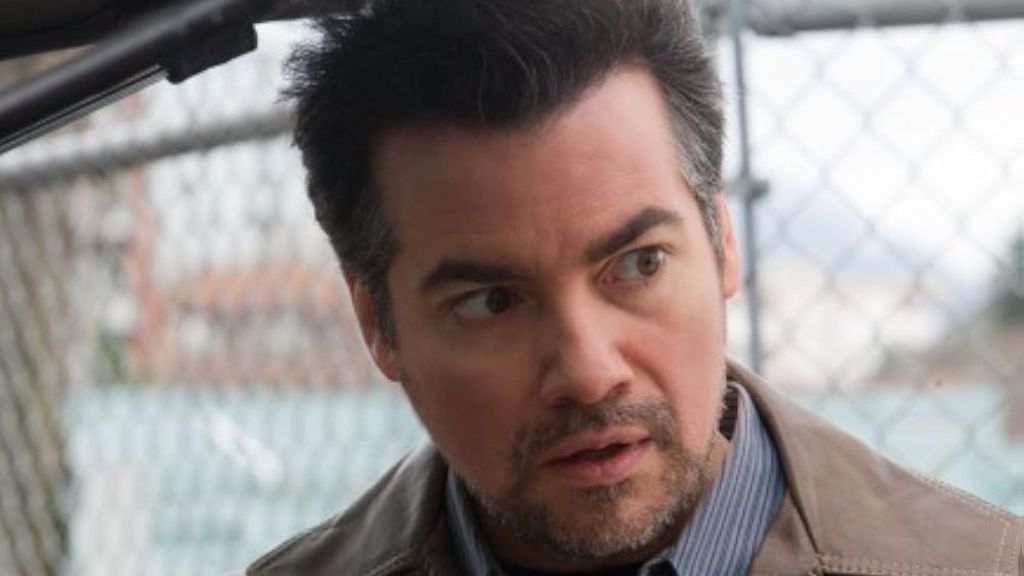
Sam Weiss (Kevin Corrigan) was introduced as an enigmatic figure who ran a bowling alley and possessed an uncanny understanding of Olivia’s abilities and the unfolding “Pattern” events. It was later revealed that his knowledge wasn’t coincidental, as he was descended from a long line of individuals who were seemingly guardians of information related to “The First People” and the universe-bridging Machine. Sam provided crucial, if often cryptic, guidance to Olivia and Peter, suggesting a deep understanding of the universe’s underlying mechanics and their destinies within it.
While his role was pivotal at certain junctures, the full scope of Sam Weiss’s knowledge and the complete history and purpose of his ancestral lineage remain partly shrouded in mystery. The narrative does not fully reveal how much he truly knew about the Observers, the timelines, and the ultimate fate of both universes, or the specific tenets and goals of his ancient order beyond simply safeguarding information and occasionally intervening. The depth of his secrets and the true extent of his organization’s influence are lingering uncertainties.
6) The Long-Term Fate of the “Over There” Universe

The conflict and eventual fragile alliance with the alternate “Over There” universe was a cornerstone of Fringe. After immense destruction and loss on both sides, Peter’s actions with the Machine initiated a healing process for the deteriorating alternate universe. Subsequently, the bridge connecting the two universes was permanently closed in Season 4 to allow both realities to heal and exist independently, preventing further destructive interference. After that, Fringe did provide some closure, indicating that the “Over There” universe was stabilizing.
However, the long-term trajectory of this parallel world after being completely cut off remains an area of speculation for fans. The show does not detail how their society, culture, and scientific development progressed without any further interaction, positive or negative, with our universe. Whether they faced new threats and how they coped without the shared knowledge or occasional reluctant aid that defined their previous interactions with our side is not shown. The independent fate of iconic characters like Fauxlivia (Anna Torv) and Lincoln Lee (Seth Gabel), who chose to stay, and the overall development of their world is a fascinating unknown.
7) The Complete Ramifications of Michael’s Existence

Michael (Spencer List/Rowan Longworth), the child Observer, was a pivotal figure in Fringe‘s final season. Revealed to be the son of the Observer September (Michael Cerveris), Michael was an anomaly due to possessing human-like empathy, a trait bred out of other Observers. Because of that, his unique emotional and intellectual capacities were instrumental in the Fringe team’s plan to defeat the emotionless Observer regime and reset the timeline. Furthermore, his existence proved that Observers could evolve differently, or perhaps re-evolve.
While Michael served a crucial plot function, the full ramifications of his unique existence as an Observer-human hybrid with advanced empathy are still a subject of curiosity for the audience. The show doesn’t fully explore whether his specific genetic makeup and abilities represented a potential new evolutionary path for future humans or even for the Observers themselves, had the timeline not been reset in the way it was. Whether his anomalous nature was merely a key to a specific plan or if it signified a broader cosmic potential for bridging the gap between cold logic and emotion, the more profound implications of his being are unresolved points.
What Fringe questions do you still find yourself pondering? Share your biggest unsolved mysteries in the comments below!






